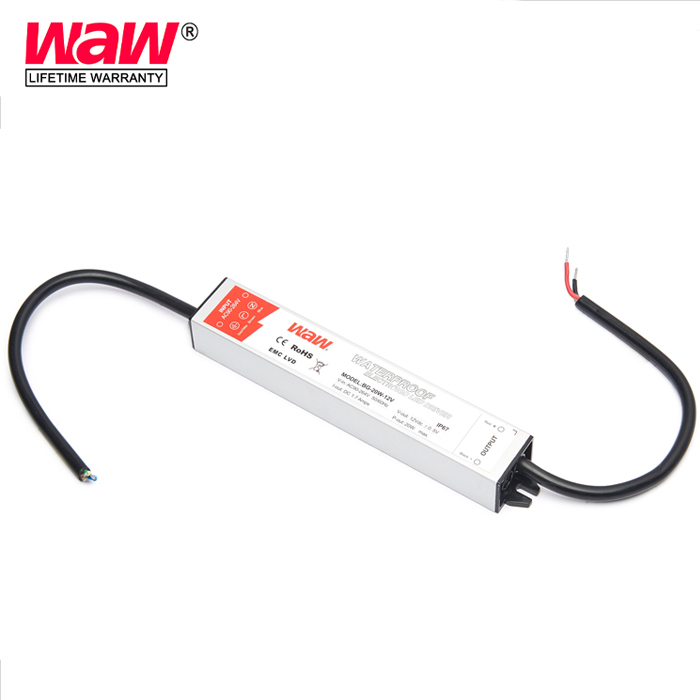
Wenzhou wode electrical co.,LTD
Tel: +86 577 62602806Phone: 86-18106781616E-mail: wode@wodeps.com

Tel: +86 577 62602806Phone: 86-18106781616E-mail: wode@wodeps.com

Date:2021.03.09 Views:3491
LED drivers can be a confusing part of LED technology. There are so many different types and variants that it can sometimes seem a little overwhelming. That's why I wanted to write a short article to explain these varieties, what makes them different and what to look for when choosing an LED driver for a lighting application.
What is an LED driver you may ask? An LED driver is an electronic device that regulates the power supplied to an LED or a string of LEDs. It is a vital part of the LED circuit and failure to do anything about it can lead to system failure.
Since the forward voltage (V f) of high-power LEDs varies with temperature, it is important to use one to prevent damage to the LEDs. The forward voltage is the number of volts required for the light emitting diode to conduct and light up. As the temperature rises, the forward voltage of the LED decreases, causing the LED to draw more current. the LED will continue to get hotter and draw more current until the LED burns itself out, also known as thermal runaway. the LED driver is a separate power supply whose output is matched to the electrical characteristics of the LED. This helps to avoid thermal runaway because the constant current LED driver compensates for changes in forward voltage while delivering a constant current to the LED.

There are two main types of driver, one using a low voltage DC input power supply (typically 5-36VDC) and the other using a high voltage AC input power supply (typically 90-277VAC). LED drivers that use a high voltage AC supply are called off-line drivers or AC LED drivers. In most applications, it is recommended to use a low voltage DC input LED driver. Even if your input is high voltage AC, using an additional switching power supply allows you to use a DC input driver. Low voltage DC drivers are recommended as they are very efficient and reliable. For smaller applications there are more dimming and output options available than with a high voltage AC driver, so you need to do more work in your application. However, if you have a large conventional lighting project for residential or commercial lighting, it is important to understand that AC drivers may be better for this type of work.
Secondly, you need to know the drive current to be applied to the LEDs. Higher drive currents will cause the LED to emit more light and will also require more wattage to run that light. It's important to know your LED specifications so you know the recommended drive current and heatsink requirements so you don't burn out the LED with too much current or too much heat. finally, it's good to know what you're looking for in a lighting application. For example, if you are dimming, you will need to select a driver with dimming capabilities.